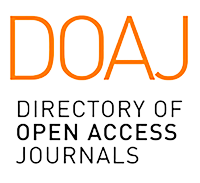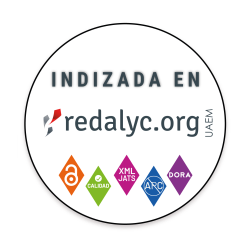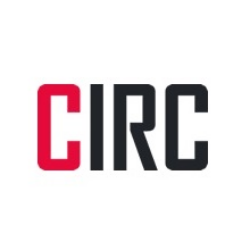Abstract
Mexican culture from the 1920’s to 1940’s owes a great
deal to the work of artists with a common esthetic proposal that embraced
socialism, public art and social content as parallels to the creation of
innovative languages in which nationalism formed an essential part of
discourse. These artists include certain painters, members of the muralist
movement and, in the area of photography, artists like Tina Modotti. This
work mentions some of the points of contact between the common language of
muralists’ artistic expression and the images created by Tina
Modotti, including certain symbols (hammer and sickle, cartridge belts,
stars), the exaltation of workers and craftsmen, the depiction of popular
festivities and customs, the valuation of women and children, etc.
Similarly, attention is given to concrete examples from the Tina Modotti
photographic collection held by the Institute of Esthetic Research of the
National Autonomous University of Mexico (unam), that reproduces the mural
works of Rivera at the Ministry of Public Education and Chapingo, together
with those of Orozco at the National Preparatory School in San Ildefonso.
Downloads
Download data is not yet available.


















